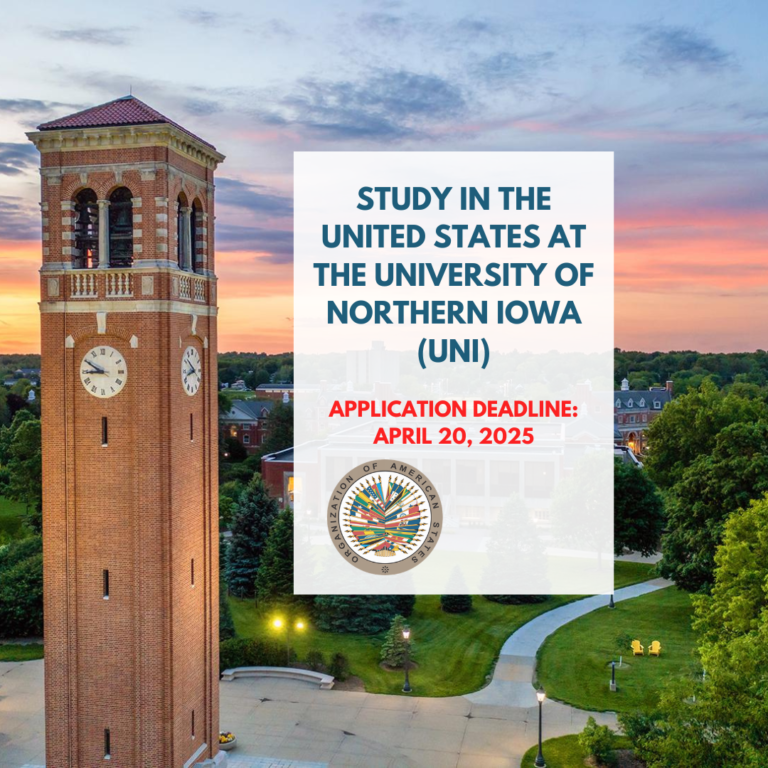
Dreadlocks and True Rastafarian
A discussion on the popular “dreadlooks” hairstyle cannot begin without highlighting that probably 90% of the ‘dread locked individuals’ you may meet in Jamaica who may call themselves a Rastafarian, are not true Rastafarians.
The mysticism, ability to use ganja under the religious justification defense and all the monetary benefits one may get from this has caused this to become a ‘fad’ and many Jamaican men wore dreadlocks and called themselves Rastafarians when they are not. The “rent a dread” stereotype is true in many cases.
Many men see Rastafari as a way out of poverty or a means to migrate to a country with better opportunities. Stereotyping has caused everyone with dreadlocks to be viewed as a Rastafarian. A true Rastafarian is peace loving, kind, very Afro centric and shuns all “schemes” used for monetary gains.
History of Dreadlocks
Dreadlocks are not unique to Jamaica and Rastafarians. The dreadlocks hairstyle originated in Africa and was worn by various tribes there.
The earliest tribe this hairstyle can be attributed to is the Masai tribesmen of Kenya. Many of the warriors of this tribe wore this hairstyle. These men sometimes dyed their hair red with root extracts.
Dreadlocks in Jamaica
The dreadlocks hairstyle first appeared in Jamaica during post emancipation. It was a means of defiance for ex-slaves to rebel against Euro-centrism that was forced on them.
The hairstyle was originally referred to as a “dreadful” hairstyle by the Euro centric Jamaican society. It later evolved to the term now used: Dreadlocks. Jamaicans also use the term Natty Dreadlock.
Read more: Jamaica’s high court rules school can ban dreadlocks
Dreadlocks and Rastafari
Rastafarians grow their hair into dreadlocks because it is a part of the Nazarite Vow. (Also their dietary rules are part of the law) All Rastafarians take this vow and claim it is commanded by the Bible (Leviticus 21:5 “They shall not make baldness upon their head, neither shall they shave off the corner of their beard nor make any cuttings in their flesh”).
Samson is believed to be a Nazarite with dreadlocks. Many Rastafarians believe that like Samson, their hair is their strength and also their weakness if it is cut off .
Read more: Jamaica’s Supreme Court rules school can ban child with dreadlocks
The belief in the weakness of cutting of the dreadklocks was used as a way to intimidate Rastafarians in Jamaica in the past, as they would be arrested and their hair cut off. This was one of the reasons many of the early Rastafarians moved to isolated areas (bush) of the Island.
The Origin of Rastafarianism
Rastafari, also known as Rastafarianism, is an Abrahamic religion that developed in Jamaica during the 1930s. It is classified as both a new religious movement and a social movement by scholars of religion. There is no central authority in control of the movement and much diversity exists among practitioners, who are known as Rastafari, Rastafarians, or Rastas.
Rasta beliefs are based on a specific interpretation of the Bible. Central is a monotheistic belief in a single God, referred to as Jah, who partially resides within each individual.
Rastafari also maintains that Jah incarnated in human form as Jesus Christ. Rastas accord Haile Selassie, the Emperor of Ethiopia between 1930 and 1974, central importance; many regard him as the Second Coming of Christ and thus Jah incarnate, while others see him as a human prophet who fully recognized the inner divinity in every individual.
Rastafari is Afrocentric and focuses attention on the African diaspora, which it believes is oppressed within Western society, or “Babylon”. Many Rastas call for this diaspora’s resettlement in Africa, a continent they consider the Promised Land or “Zion”. Some practitioners extend these views into black supremacism. Rastas refer to their practices as “livity”.
Communal meetings are known as “groundations”, and are typified by music, chanting, discussions, and the smoking of cannabis, the latter regarded as a sacrament with beneficial properties. Rastas emphasise what they regard as living “naturally”, adhering to ital dietary requirements, twisting their hair into dreadlocks, and following patriarchal gender roles.
Rastafari originated among impoverished and socially disenfranchised Afro-Jamaican communities in 1930s Jamaica. Its Afrocentric ideology was largely a reaction against Jamaica’s then-dominant British colonial culture. It was influenced by both Ethiopianism and the Back-to-Africa movement promoted by black nationalist figures such as Marcus Garvey.
The movement developed after several Protestant Christian clergymen, most notably Leonard Howell, proclaimed that Haile Selassie’s crowning as Emperor of Ethiopia in 1930 fulfilled a Biblical prophecy. By the 1950s, Rastafari’s counter-cultural stance had brought the movement into conflict with wider Jamaican society, including violent clashes with law enforcement.
In the 1960s and 1970s it gained increased respectability within Jamaica and greater visibility abroad through the popularity of Rasta-inspired reggae musicians, most notably Bob Marley. Enthusiasm for Rastafari declined in the 1980s, following the deaths of Haile Selassie and Marley, but the movement survived and has a presence in many parts of the world.
The Rasta movement is decentralised and organised on a largely cellular basis. There are several denominations, or “Mansions of Rastafari”, the most prominent of which are the Nyahbinghi, Bobo Ashanti, and the Twelve Tribes of Israel, each offering a different interpretation of Rasta belief. There are an estimated 700,000 to one million Rastas across the world.
The largest population is in Jamaica, although communities can be found in most of the world’s major population centres. Rastas come from various ethnic groups although the majority are of black African descent and some Mansions only accept black members.
Source: https://jamaicans.com/












Comments are closed